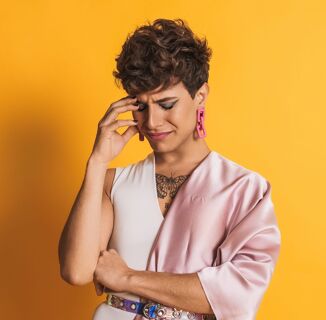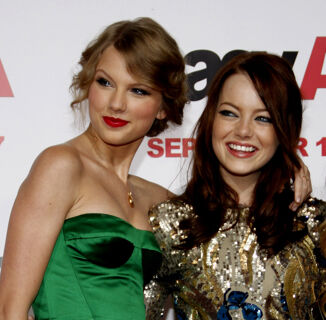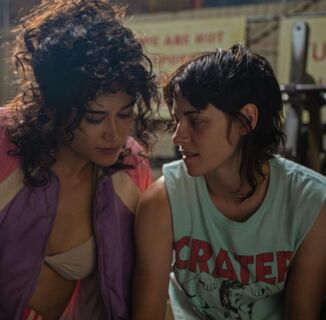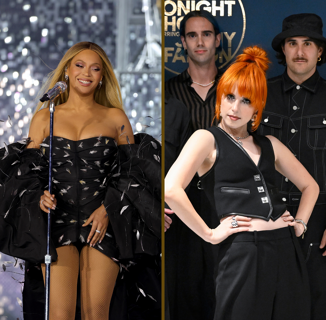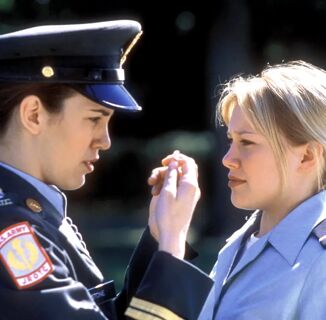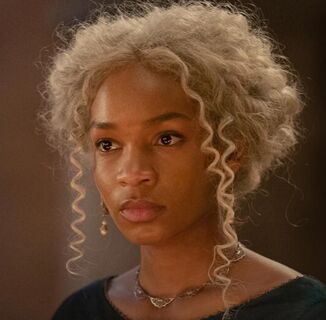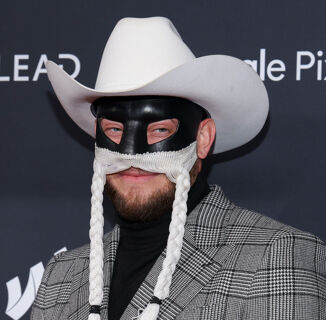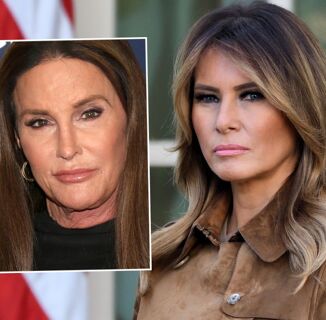I used to think that in order to be gay I had to listen to Madonna.
In eighth grade, my only conception of being queer was on my computer screen. I spent entire nights and weekends in my computer room doing homework, playing Neopets and waiting for my family to go to sleep so I could take the free Sean Cody tour or download a porno on Napster or Kazaa and quickly delete it again.
I came out to friends and family very early — friends at 13, sister at 14, mom at 15. But perhaps to my mother, my love of Madonna was one of many early signs that her son was a big ‘mo. As a young queer person whose only connection to queerness was through the click of a mouse, listening to Madonna felt like I was participating in queer culture, like I was raving in a silent disco with everyone else around the world who decided to listen to the Queen of Pop.
People who grew up with 80s or 90s-era Madonna will probably sit in judgment of me, but the first Madonna album I remember being excited for was American Life. I was 14 when it came out and I saved my money until the Tuesday release date and walked to the record store around the corner from my elementary school to purchase my copy before taking the bus home.
American Life isn’t a perfect album. It has very few of Madonna’s dancefloor hallmarks, but to me it was special. It was introspective, mature and contemplative in a way that I didn’t fully appreciate at 14. I’d listen to it while I’d play Enter the Matrix or Buffy the Vampire Slayer: Chaos Bleeds on Xbox. While I was button-mashing, Madonna was the voice over a strumming guitar whispering to me on “Love Profusion,” “X-Static Process” and “Nothing Fails.”
One of the things that I love about American Life is that my appreciation of it has changed as I’ve grown up, as well. As I grew up and wrestled with my own feelings of self-worth, “X-Static Process” has become a go-to when I need to cry. It feels too easy to me to dismiss American Life as the album where Madonna raps about Starbucks and yoga. But as the album has unfolded itself to me over time, I recognize Madonna’s need to evolve and innovate as a kind of solace, a reminder that your present or past don’t confine your future.
Two Christmases after American Life came out, I asked my sister for all of Madonna’s albums on CD for Christmas. She didn’t get me all of them, but she did get me five: Music, Ray of Light, Erotica, True Blue and Bedtime Stories. My favorite of the bunch ended up being Erotica, which I devoured sitting in my computer room every night. It became a staple for me throughout my high school years, along with other contemporary music like Ashlee Simpson’s Autobiography, Fergie’s The Dutchess and Gwen Stefani’s Love.Angel.Music.Baby.
I often think about this request of my sister to get me the Madonna discography. I was out by then, so my request didn’t cause any sneers or anything. But I remember being hesitant at first to ask. Is it OK to ask my sister for what felt like a queer historiography on CD? Eventually, I had to cast off my hesitations and just ask. I suppose I asked for her discography because I wanted an origin story, to hold these physical moments in time in my hand. If my queerness had been all 1s and 0s before that, Madonna’s albums made a part of my queerness palpable. Owning them felt like a family-friendly way to keep queer history in my room. It was a queerness I didn’t have to hide.
There were times when I’d stare at the back cover of Erotica, where Madonna has someone’s toe in her mouth, and think about what Erotica was really talking about. I had no idea of the impact that the album, a sex-positive dirty electronica fantasia, had when it came out at the height of the AIDS epidemic. I had no idea that as America was running away from sex, Madonna ran toward it head first. I had no idea she had released a book with a picture of her eating ass. But just the image of this woman with a foot in her mouth was revolutionary enough for me. I felt taboo just for looking at it, but something about it reassured me that I, a sexless virgin who so desperately wanted to be an adult who fucked, would one day experience pleasure. And it’d be great.
With American Life, I became a Madonna fan. With Erotica, I became a devotee. With Confessions on a Dancefloor, I became an evangelist. I remember the first time I watched the music video with a friend and saw her Valerie Cherish-esque red coif. I wanted to inject the song into my bloodstream. When Confessions came out, I listened to it on a loop for months. I burned a copy for a friend of mine who was only newly out. He had to listen to it, I told him; it was a part of being queer.
As I grew older and saw Madonna trying to stoke controversy in increasingly terrible ways, like using the N word, that felt unbecoming of her queendom, she became the first artist who made me question my own standom. I felt like I couldn’t square the queer side of me who felt like I owed her so much, with my racial identity, which was disgusted with her cavalier ignorance of racial realities. Complicating this was the fact that Madonna began to use performers of color like M.I.A. and Nicki Minaj for street cred. Complicating this was the fact that I loved Nicki Minaj who correctly identified Madonna as the queen.
I don’t know if I’ve answered any of my own questions regarding where I stand on Madonna. Sorry, no comfortable resolution. I know that at one point she provided a bridge for me to traverse the wild rivers of adolescence. And I thank her for the help. And I don’t count that as a co-sign of everything she’s ever done. I mostly roll my eyes at her these days. Rebel Heart was meh, but I still believe she has great albums left in her, that she has something to offer the world, and my ears are perked waiting to hear it. I’ll never forget that, for the little queer boy whose entire queer world was digital, she made my queerness tangible.
Help make sure LGBTQ+ stories are being told...
We can't rely on mainstream media to tell our stories. That's why we don't lock our articles behind a paywall. Will you support our mission with a contribution today?
Cancel anytime · Proudly LGBTQ+ owned and operated
Read More in Culture
The Latest on INTO
Subscribe to get a twice-weekly dose of queer news, updates, and insights from the INTO team.
in Your Inbox

